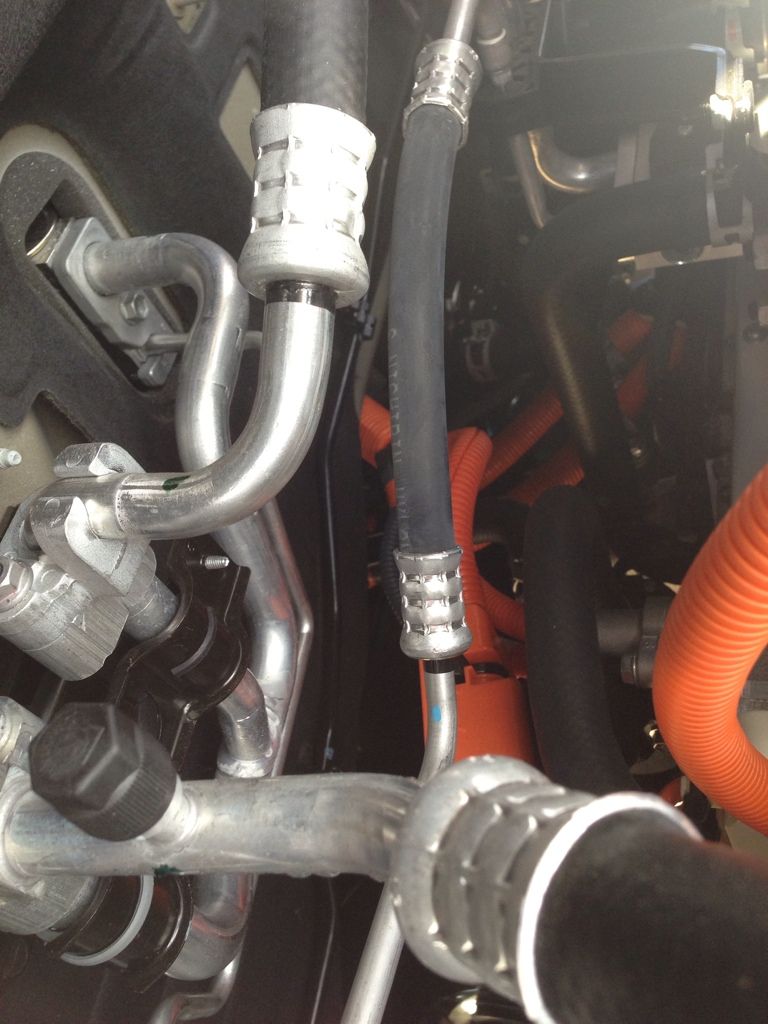Volusiano
Well-known member
There are many sources. Here's one that talks about both: http://gm-volt.com/2010/05/16/nissan-admits-it-will-lose-money-on-the-leaf-at-first-too/" onclick="window.open(this.href);return false;QueenBee said:Volusiano said:Nissan should have quit while they're ahead already because they're losing money on every LEAF they've sold so far. Just the same as GM with every Volt they've sold so far.
What's your source for that? I don't recall reading anything at all recent about the profitability of the LEAF or Volt. Obviously if you include the massive R&D that went into these cars that's the case but for accounting purposes I don't know how long and for how many cars they are able to divide that up.
You don't need to have recent sources to confirm common knowledge that they will lose money in the first couple of years of the program. At least until they're able to crank out the volume they need in Smyrna, AND meet their projected sales for the mass volume they can produce at Smyrna. As of now, they're only barely a couple of months into selling 2013 LEAFs produced from Smyrna, and they're nowhere near the 150,000 car capacity at Smyrna nor are they anywhere near projecting to sell 150,000 cars per year yet.
It's ironic to point out the first sentence of the article: "Nissan has been working hard to achieve positive publicity..." It goes to the heart of my point, that they need to be prepared to spend money to recover from their negative publicity of the battery capacity loss. I think they're mistaken in thinking that they can fool customers into thinking that they're paying with a retroactive 30% loss warranty for 2011-2012 LEAFs. People can see right through it and know that there's enough buffer in there to save them from having to really pay much of anything for the negative publicity created.
Do you really think that those 2011-2012 early adopters are going to come back and buy from Nissan again, thanks to that generous 30% loss warranty? Or future potential customers that learn about that capacity fiasco? Putting that 30% loss warranty is only like putting a floor way at the bottom to keep things from falling through the hole. It's not anywhere near the level of having a reasonable remedy to restore confidence and trust to the customers.
Below is the article quoted directly for anyone too lazy to click on the link:
Nissan has been working hard to achieve positive publicity since they first began discussing the LEAF program. By then the Volt had been in the spotlight for two years and they had a lot of catching up to do.
Nissan has repeatedly contended they would make a profit from selling the LEAF, which contrasted from GM’s admission that they wouldn’t profit from the first year or two of Volt sales. GM always said the Volt was an investment in the future where Gen 2 and beyond economies of scale and price reductions would make the car profitable. After all lithium-ion batteries are very expensive at today’s prices.
Nissan has now admitted they are in a similar position to GM.
According to a report in the Wall Street Journal, Nissan US sales and marketing cheif Brian Carolin said the LEAF also would lose money in its first two years.
“Over the course of the vehicle life, it is profitable—in year three,” he said.
The intial supply of LEAFs for the first two years will be built in Japan. That plant has an annual capacity of 50,000 cars, 20,000 of which will be shipped to the US.
In late 2012, Nissan will open its US-government funded Smyrna Tennessee LEAF plant that can build 150,000 cars per year.
It is at that volume when the cars will first turn a profit said Carolin.
According to Nissan USA director Mark Perry, the 24 kwh, 600 pound battery pack will cost less than $18,000 ($750 per kwh). The packs will eventually be made in the US at a plant in Tennessee that will have an annual capacity of 200,000.
Nissan has an internal target of $9000 ($370 per kwh) for the pack which it hopes to achieve when US high volume production starts.
The caveat here is Nissan can thus only turn a profit if the cars can sell at the projected volumes. Despite its low cost of $25,780 after the tax credit, and assuming no major gouging, concerns about range anxiety may hamper sales, especially if prospective buyers directly compare the car to the Volt and the flexibility it provides.
Though some will adjust their lifestyles to avoid using any gas at all cost, and they are to be commended, a larger segment of the population are more likely to consider EREVs for now.




